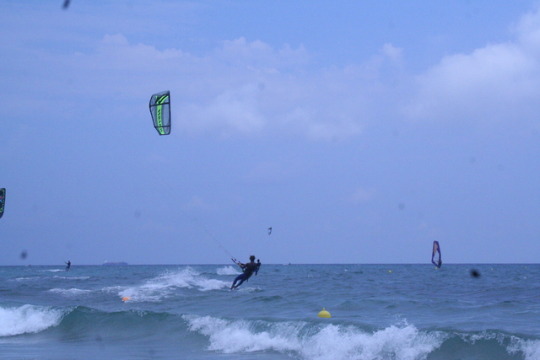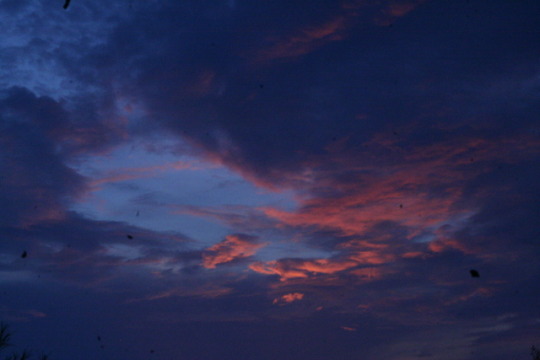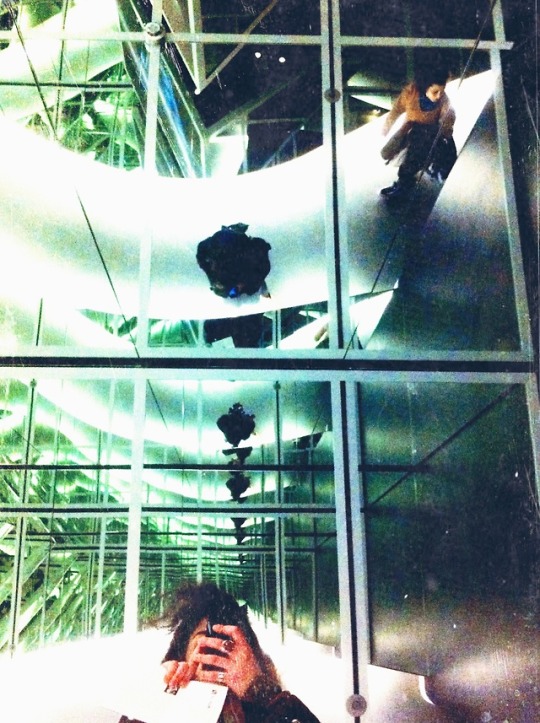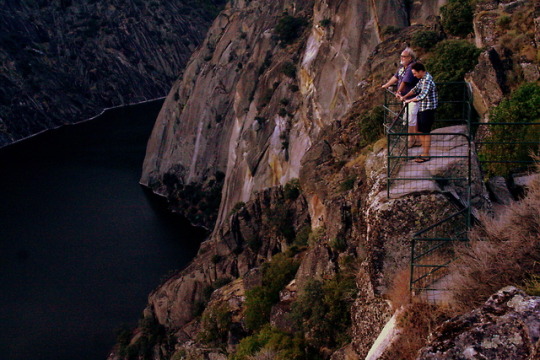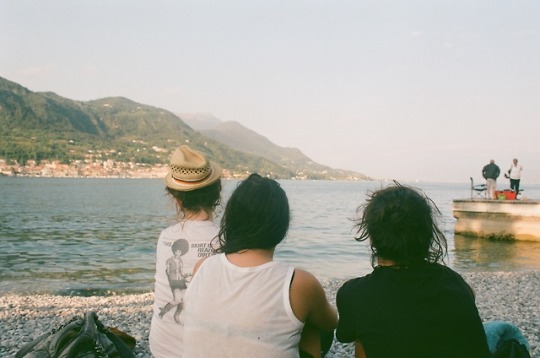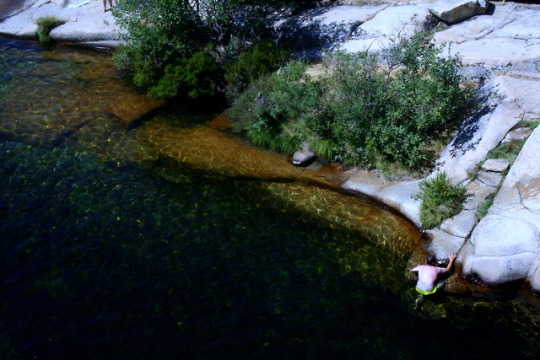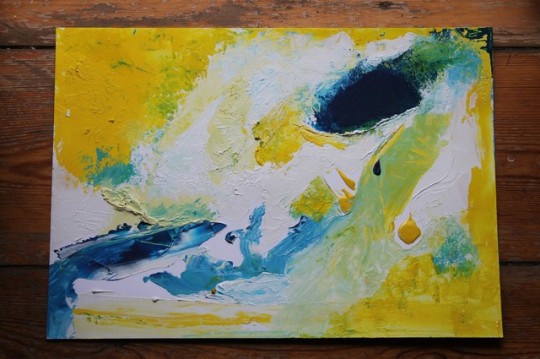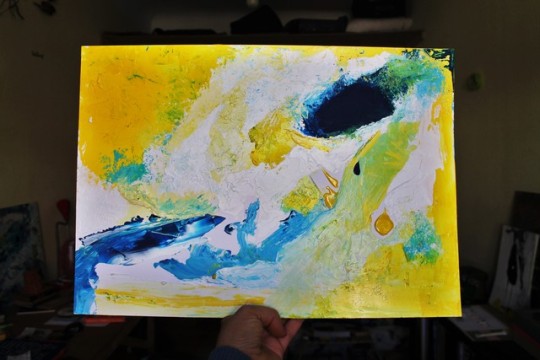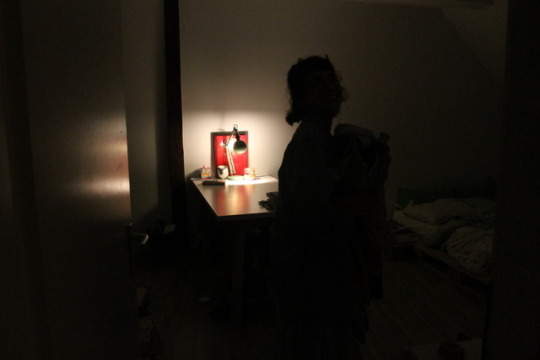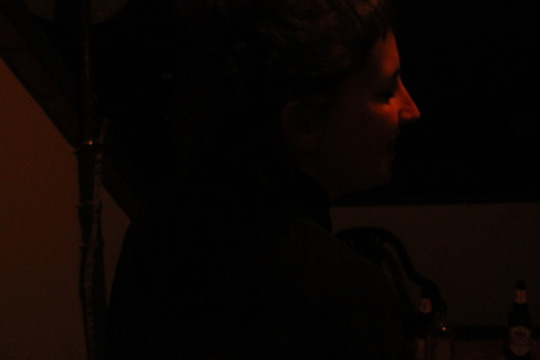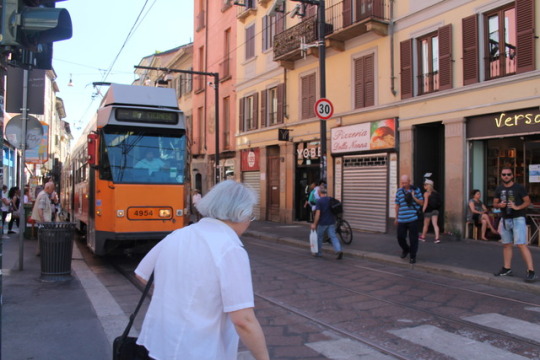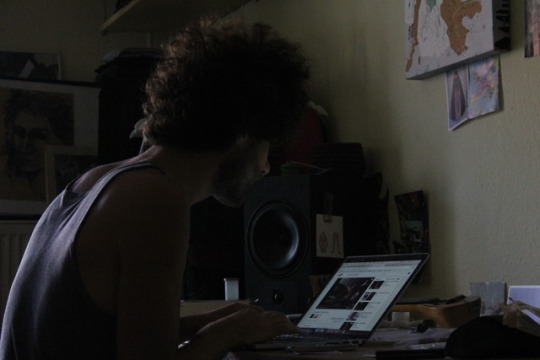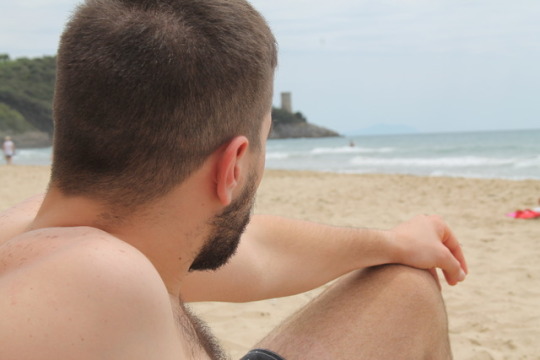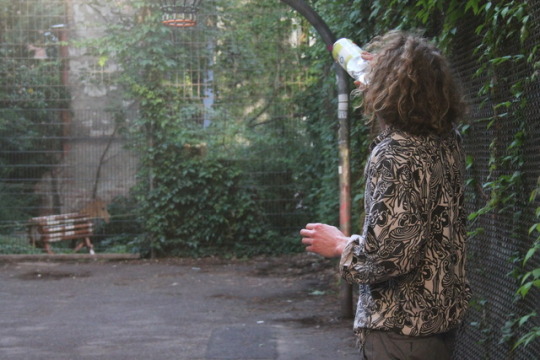Link

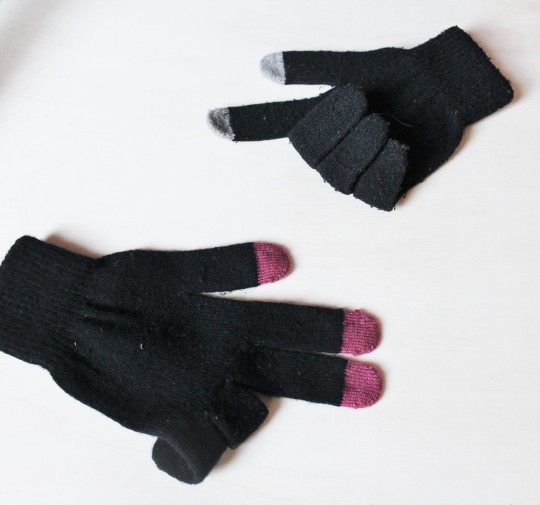

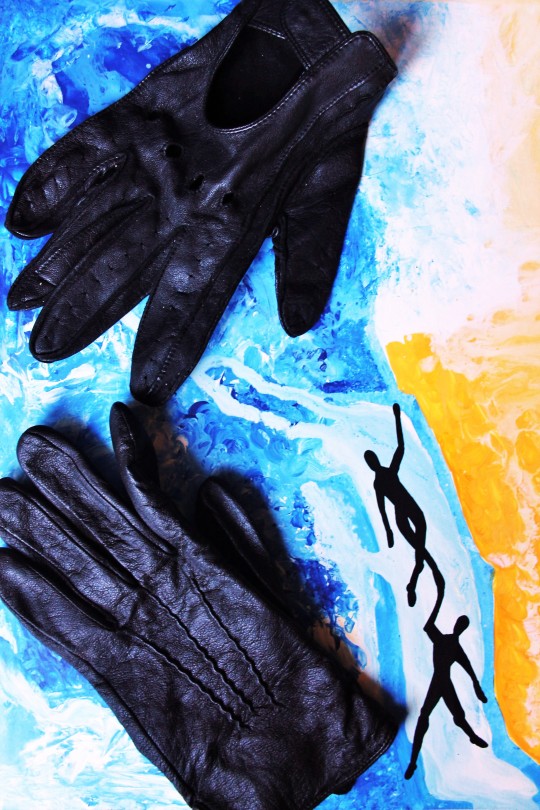

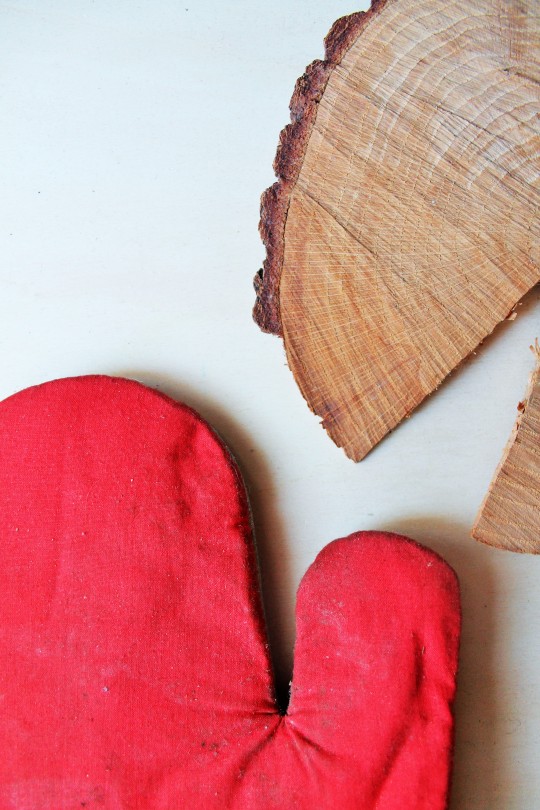
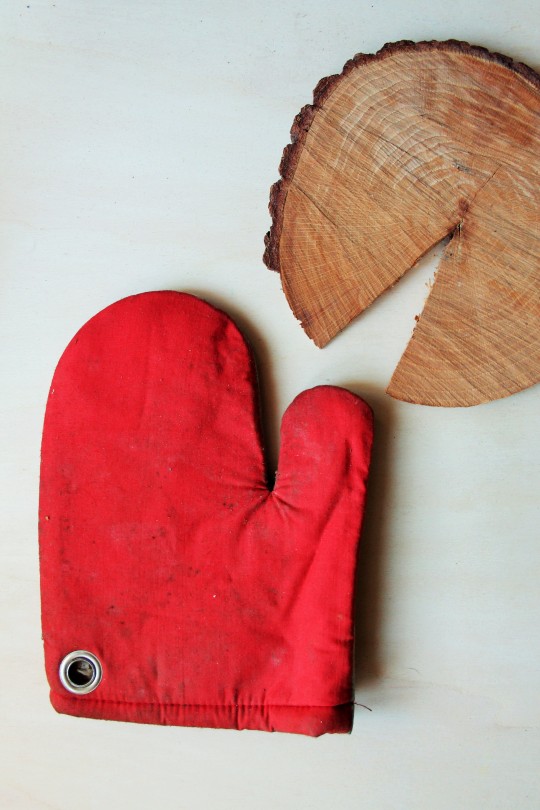




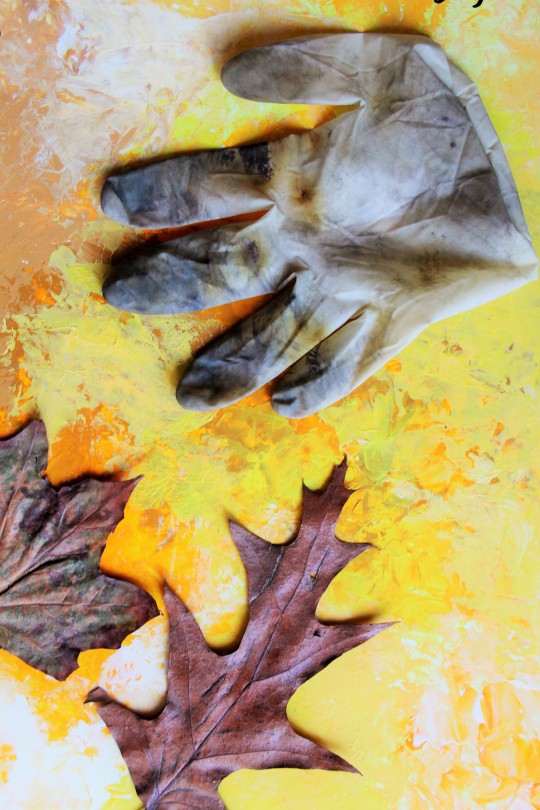

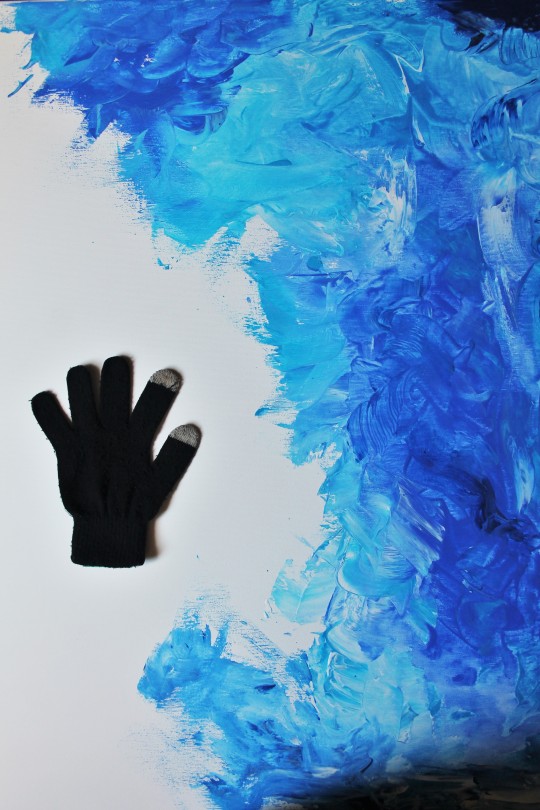

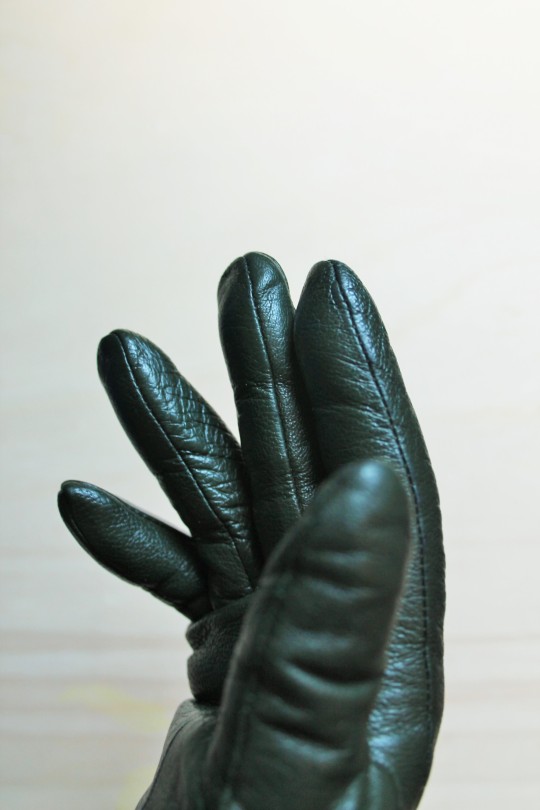

this is “A Glove Story”
I collected gloves found on Berlin streets throughout one year, then made photo-stories out of them
here you find what I wrote about it for Closet Liberation
https://www.closetliberation.com/a-glove-story/?fbclid=IwAR2bjqYhiKj50QZI0lPr769_XYdd9rhu41Fb2OxQuJMTQnQecNeDx39kwBg
0 notes
Photo

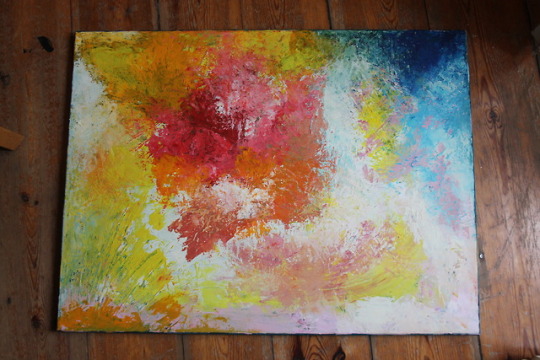
“A smashing, unidentified”
acrylic on canvas
from the series Paintings on Pixel
0 notes
Photo
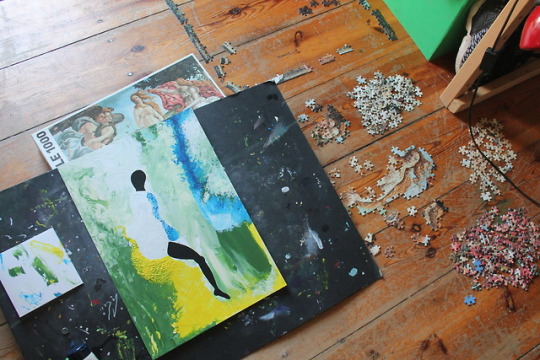
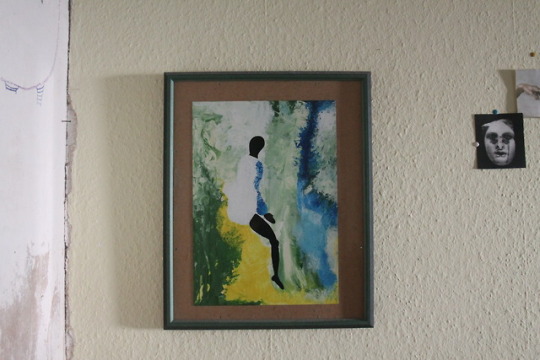
“Edges”
acrylic on A1 cardboard
from the series Paintings on Pixel
0 notes
Text
“Musical Hoaxes” Ep.4 - Chaconne (Vitali/David)
A musical hoax is “a piece of music composed by an individual or group who intentionally misattribute it to someone else”.
youtube
The piece of classical music that we are going to talk about today is a Chaconne in G minor for violin and continuo, known to be a work from Baroque composer Tomaso Antonio Vitali.
A chaconne is a musical form where a repetitive bass-line (ground bass) serves as a compositional outline for the harmonies of the upper parts (in this case, violin), which gives variation, decoration, figuration and melodic invention.
This type of musical composition was very popular in the Baroque era.
However, Vitali’s Chaconne has raised some skepticism among musicologists, who do not really reconnect the style of the composition to the period it is attributed to.
One striking feature of the Chaconne's style is the way it wildly changes key. Starting from G minor, it reaches the distant territories of B-flat minor and E-flat minor - modulations that are so uncharacteristic of the Baroque era (1600-1750), as change of key signature became typical only in Romanticism (1800-1850).
Some of the speculations refer to Ferdinand David, a German virtuoso violinist and composer from the Romantic age. He, in fact, was in charge of editing Vitali’s Chaconne when it was first published from a manuscript in 1867.
But such a hypothesis was more recently proved wrong by the identification of Chaconne’s manuscript in the heritage of Jacob Lindner, a known copyist from 1700, which lends credit to its authenticity.
Musical hoax? Or simply the avant-garde work of a very creative composer?
Despite musicological doubts, the piece has been ever popular amongst violinists. The version for violin and orchestra you find above is performed by violinist Sarah Chang.
1 note
·
View note
Photo

“African human bird in some kind of iced desert”
acrylic on A1 cardboard
from the series Paintings on Pixel
0 notes
Text
SPQC - Sì Però Questa Capua! Episode 4
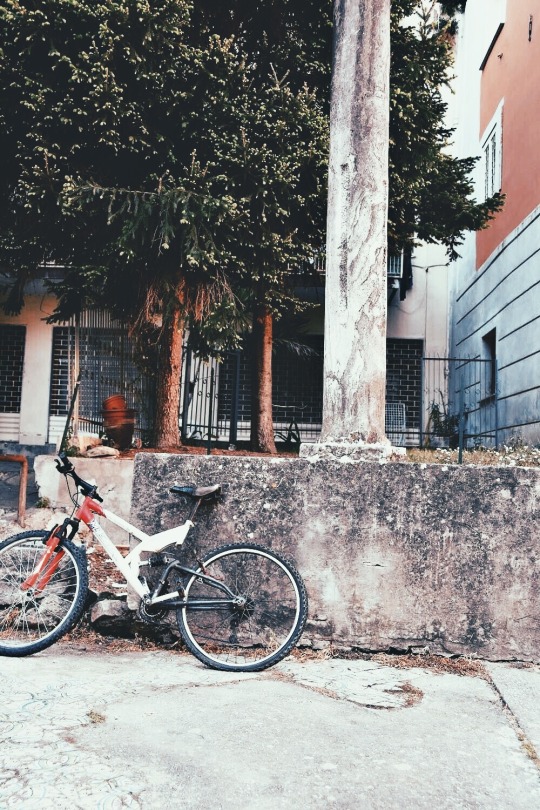
“Capua, città d’arte e di studi”: così esordiamo nell’introdurre la serie SPQC - Sì Però Questa Capua!
Il nostro intento è d’immortalare le geometrie millenarie di questa città (”d’arte”) e accennarne la storia (”e di studi”), con una velata denuncia alle sue condizioni di mantenimento. Parole d’ordine: macchina fotografica e puro entusiasmo.
“Capua, city of art and studies”: this is how we introduce the series SPQC - Sì Però Questa Capua!
Our intent is to immortalize the millennial geometries of this city (“of art”) and to mention its history (“and studies”) with a veiled complaint about its maintenance conditions. Our keywords: camera and pure enthusiasm.
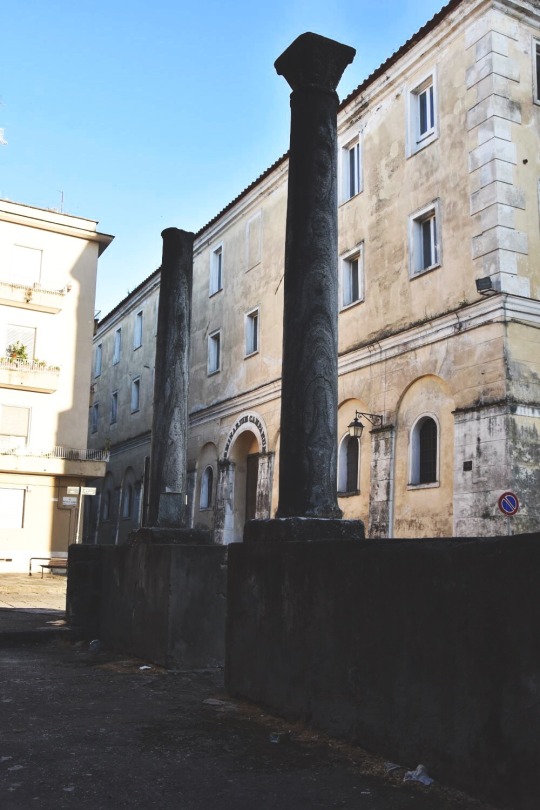
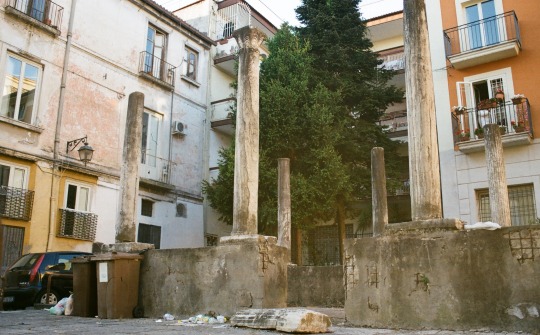
Vogliamo dedicare qusto quarto episodio ad una vecchia perla del centro storico di Capua. All’occhio distratto può apparire come un agglomerato di colonne greco-romane, disposte a formare un accenno di navata centrale tipico delle prime chiese ortodosse.
In verità, ciò che vedete ogni giorno passando per Via Seminario sono i resti della Chiesa di Ognissanti, di origine bizantina - risalente quindi al IV secolo a.C.
Dalle nostre ricerche non siamo stati in grado di tracciare informazioni più precise riguardo l’attività della chiesa e l’importanza che potrebbe aver avuto a suo tempo. Ad oggi resta luogo di deterioramento, deposito di rifiuti, campo di calcetto o semplice muretto d’appoggio per biciclette o stendipanni.
We want to dedicate this fourth episode to an old pearl in the historic center of Capua. To the distracted eye, it may appear as a cluster of Greek-Roman columns, arranged to form a hint of central nave typical of the early Orthodox churches.
Actually, what you see every day passing through Via Seminario are the remains of the Church of Ognissanti, of Byzantine origin - dating back to the IV century BC.
From our research, we have not been able to trace more precise information on the activity of the church and the importance it might have had at the time. Today it remains a place of deterioration, waste deposit, street-soccer field, or it serves as supporting wall for bicycles and clothes racks.
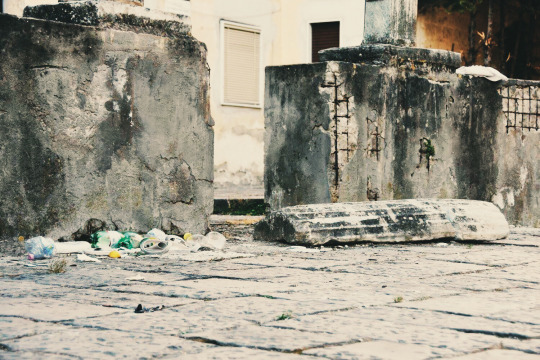
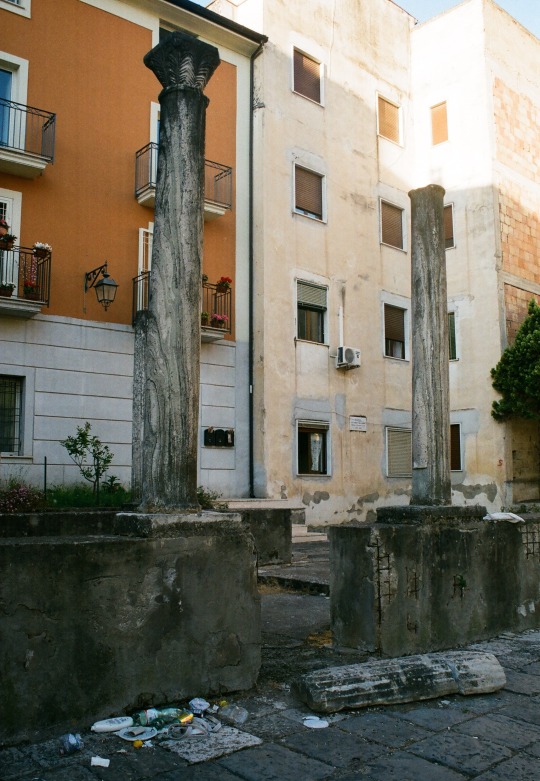
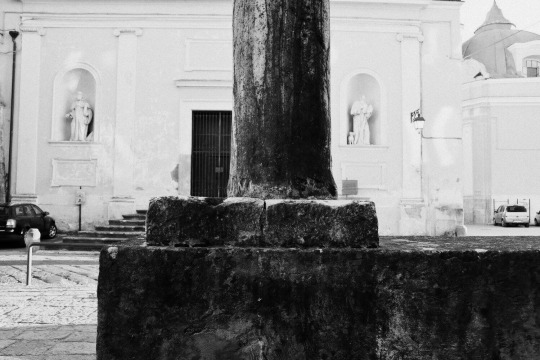
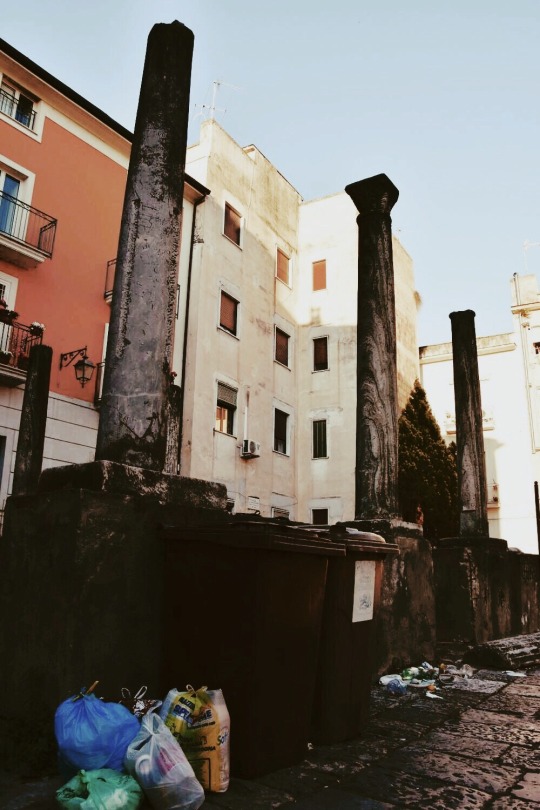

Se il photo reportage ti ha interessato, aiutaci a diffondere il progetto SPQC - Sì Però Questa Capua! anche solo continuando a seguirci e/o passando la parola a chi potrebbe piacere.
If the photo reportage interested you, help us spread the project SPQC - Sì Però Questa Capua! even just keep following us and/or passing the word to whom might like it.
Episode 1 https://dueottave.tumblr.com/post/164111602673/spqc-s%C3%AC-per%C3%B2-questa-capua-episode-1
Episode 2 https://dueottave.tumblr.com/post/165724675408/spqc-s%C3%AC-per%C3%B2-questa-capua-episode-2
Episode 3 https://dueottave.tumblr.com/post/168056233538/spqc-s%C3%AC-per%C3%B2-questa-capua-episode-3
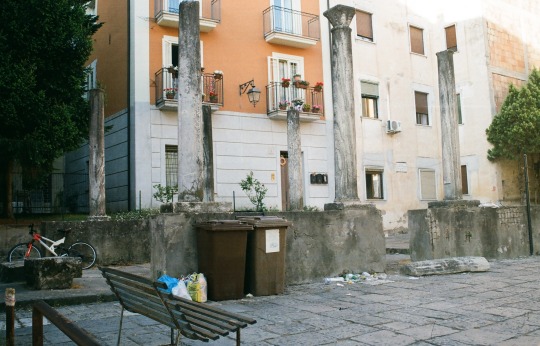

tutte le foto sono state scattate in Via Seminario, Capua, nella Primavera 2017
all photos were taken in Via Seminario, Capua, in Spring 2017
- by Rossella Salzillo e Giancarlo Esposito
1 note
·
View note
Photo
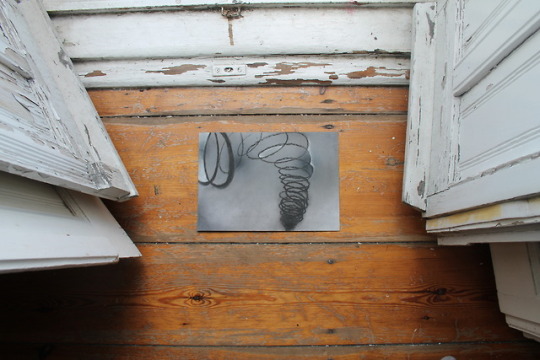
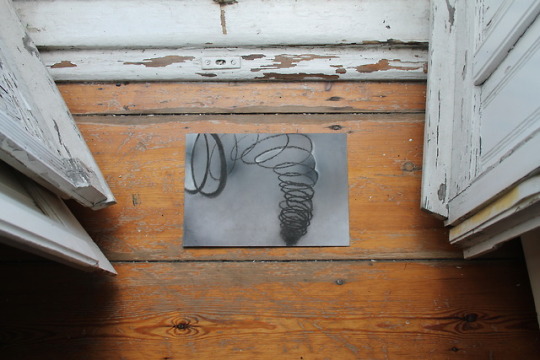
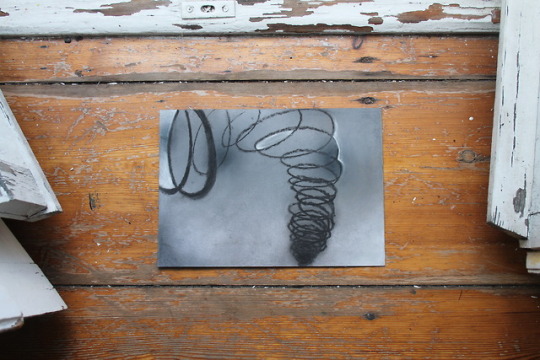
“Tornado Stigma”
graphite on A4 paper
from the series Paintings on Pixel
0 notes
Text
“Musical Hoaxes” Ep.3 - Ave Maria (Caccini/Vavilov)
A musical hoax is “a piece of music composed by an individual or group who intentionally misattribute it to someone else”.
youtube
“Ave Maria” is an aria composed, published and recorded by Vladimir Vavilov around 1970, with the ascription “Anonymous”.
After his death three years later, however, the work was ascribed to Giulio Caccini, an Italian composer, teacher, singer, instrumentalist and writer of the very late Renaissance and early Baroque eras. (By the way, Caccini was one of the founders of the genre of opera, and one of the most influential creators of the new Baroque style).
Apparently, Vavilov liked to identify his compositions with names of authors of the Renaissance or the Baroque, and thus maintain his anonymity. When Vavilov died, the organist who accompanied him in the recording passed the arrangements to another organist, who made another recording for a Russian label. It was then that the name of Giulio Caccini, which was written on the original sheet, was used as author.
This is how the misunderstanding spread, which has created confusion. Although the matter was clarified later, it still confuses today.
Until a certain moment, Ave Maria was very popular in the Soviet Union - but only in a version with organ and lute.
It is with this version of Ave Maria - the one you find above - that the aria achieves a great expressive force and a great popularity. It is sung by Inessa Galante, with a formidable arrangement for string orchestra by G. Brinums.
0 notes
Photo

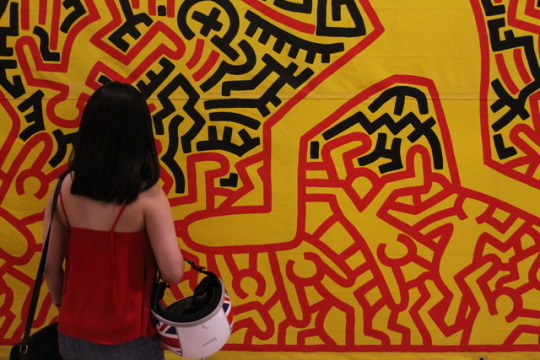

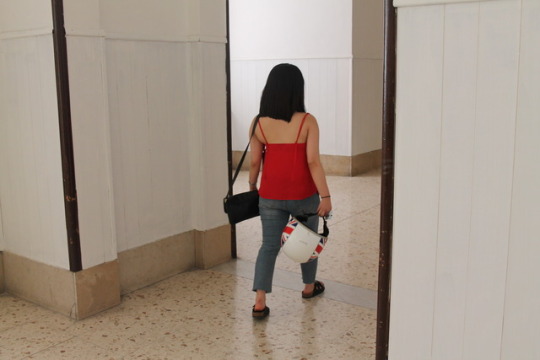
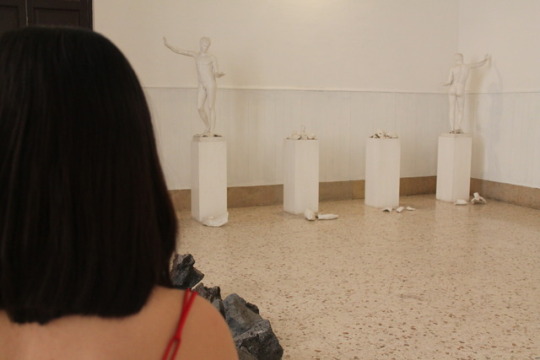

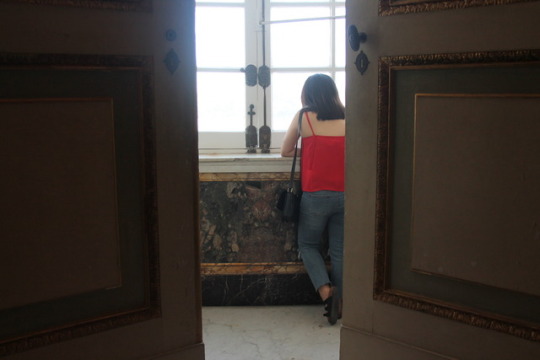
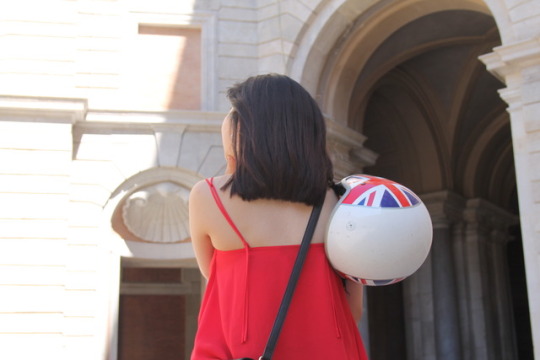
from the series Behind the Scenes
edizione speciale “Halim”
Reggia di Caserta, Italy, Summer 2017
0 notes
Text
“Musical Hoaxes” Ep.2 - Adélaïde Concerto (Mozart/Casadesus)
A musical hoax is “a piece of music composed by an individual or group who intentionally misattribute it to someone else”.
youtube
The Adélaïde Concerto is the nickname of a Violin Concerto in D major attributed to the ten-year-old Mozart, who supposedly dedicated it to the eldest daughter of King Louis XV.
Unknown until 1933, when it was published in a version for violin and piano, the Concerto was discovered only in 1977 to be a spurious work by French violinist and composer Marius Casadesus.
The prominent Casadesus family had another famous "hoaxer": Marius' brother Henri was, in fact, the real author of two famous pieces:
Handel's Viola Concerto in B minor
https://www.youtube.com/watch?v=Wwsdx118eA0
and
Bach's Viola Concerto in C minor
https://www.youtube.com/watch?v=PG_zvtibU2Q)
1 note
·
View note
Text
“Musical Hoaxes” Ep.1 - Adagio in G minor (Albinoni/Giazotto)
A musical hoax is “a piece of music composed by an individual or group who intentionally misattribute it to someone else”.
Here is a 1958 neo-Baroque composition by musicologist Remo Giazotto, often referred to as "Albinoni's Adagio" or "Adagio in G minor by Albinoni, arranged by Giazotto".
Giazotto supposedly discovered a manuscript fragment from a slow second movement of an otherwise unknown trio sonata by Tommaso Albinoni, the great 18th-century Venetian Maestro. As Giazotto stated, he then constructed the balance of the complete single-movement work based on this fragmentary theme.
The piece is extremely popular today: it has been used in many films, television programmes, and advertisements.
youtube
1 note
·
View note
